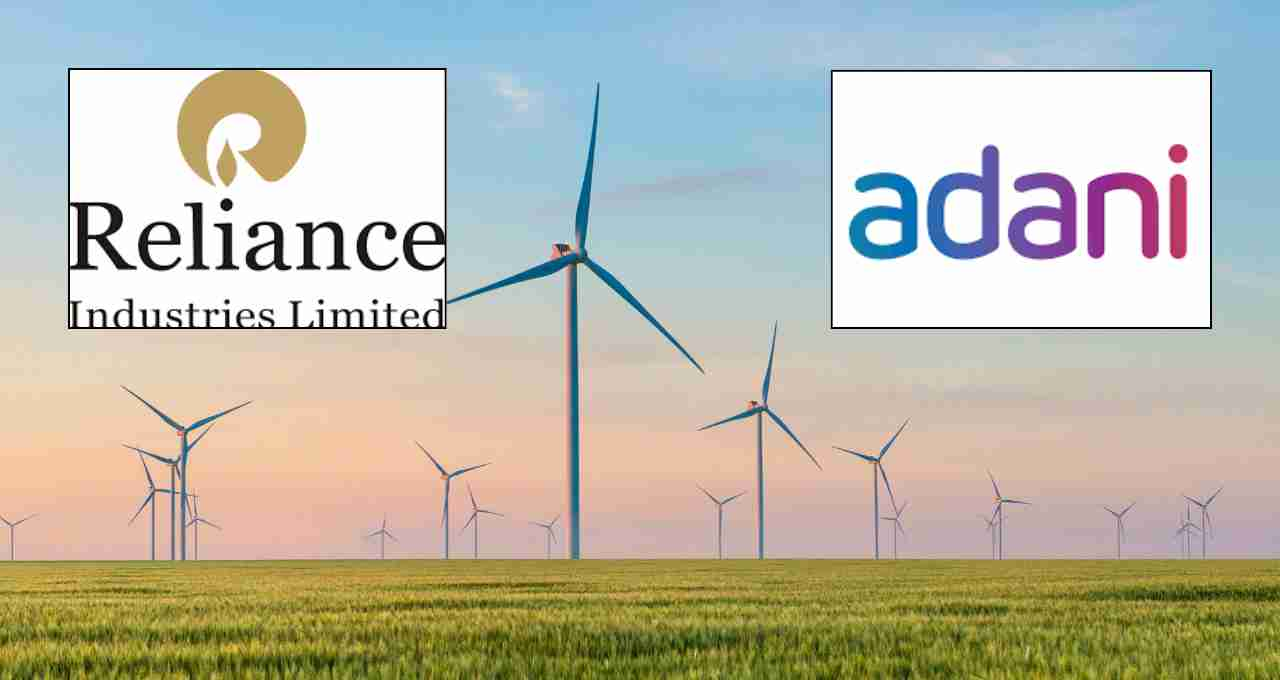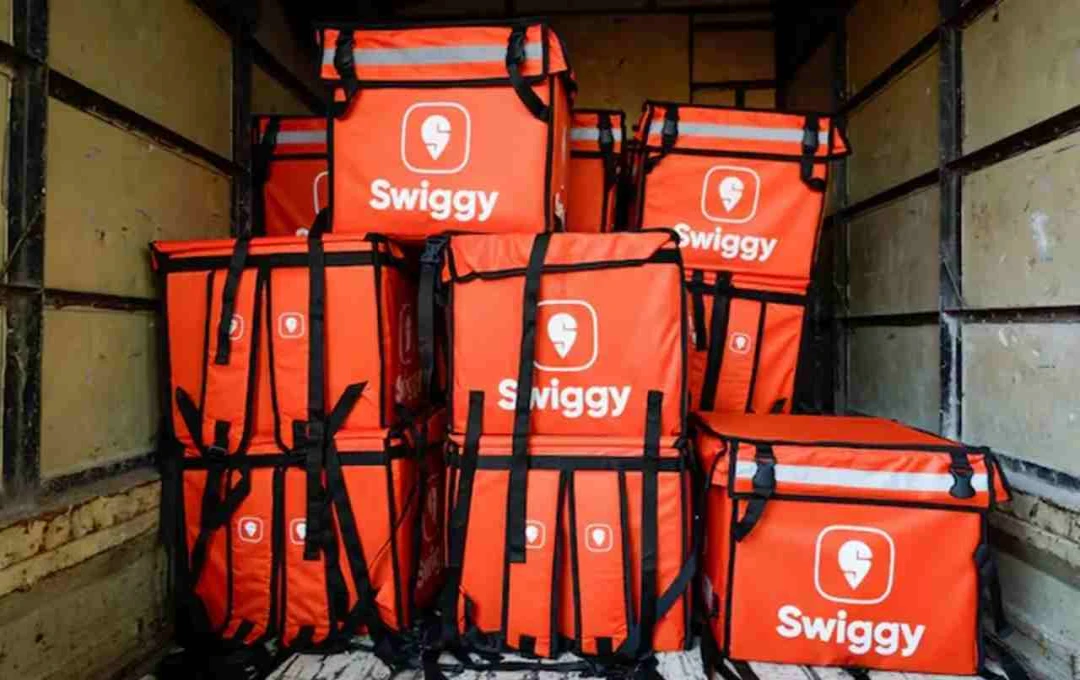Mukesh Ambani and Gautam Adani are competing for green energy projects on 5 lakh acres of land in the Kutch district of Gujarat. Both groups can possess over 100 gigawatts of solar energy generation capacity. Reliance is focusing on hydrogen and battery projects, while Adani maintains dominance in the energy sector through transmission and PPA agreements.
Green Energy: India's two largest industrialists, Mukesh Ambani and Gautam Adani, are in a fierce competition in the green energy sector in the Kutch district. Together, they own approximately 5 lakh acres of land, capable of generating over 100 gigawatts of solar energy. Reliance Industries is working on hydrogen and battery projects, while the Adani Group is maintaining an advantage in the energy market through its established power and PPA network. These projects will have a profound impact on India's renewable energy future.
Different Strategies, Same Goal
Mukesh Ambani's Reliance Industries has redirected its strength from traditional oil refining and petrochemicals towards green energy. The company is developing a 20-gigawatt solar module plant utilizing modern heterojunction technology. Alongside this, a 40-gigawatt-hour battery factory has been launched, which can be expanded to 100 gigawatt-hours in the future.
Reliance aims to produce 3 million tonnes of green hydrogen annually by 2032. The company is also integrating its digital initiatives with green energy. Through partnerships with Meta and Google, several gigawatt-scale data centers are being built, which will run entirely on renewable energy.
Meanwhile, Gautam Adani's Adani Group is leveraging its strength in the traditional power sector. Adani Green Energy holds a large portfolio of Power Purchase Agreements (PPAs). Adani Transmission operates the country's largest private transmission network. Furthermore, Adani is building data centers through its AdaniConneX venture, which will cater to the needs of artificial intelligence.
Challenges for Smaller Companies
The report warns that the ambitious plans of both groups could prove challenging for smaller companies. Competition in the solar manufacturing sector is likely to intensify significantly. If import restrictions are tightened, Reliance and Adani together could control nearly half of the wafer capacity and 90 percent of the polysilicon.
It may become difficult for smaller companies like Waaree Energies and Premier Energies to survive. Reliance's battery projects could also leave others behind, as it is focusing entirely on battery storage. Several smaller companies are preparing to launch IPOs in an attempt to raise funds for their cell plants.
Challenges for Reliance and Adani in Green Energy

Both groups also face challenges. Reliance currently has only a 3-gigawatt transmission connection, and securing new connections by 2030 could be difficult. In such a scenario, the company may have to purchase grids or produce hydrogen on-site. Hydrogen production is expected to be expensive, with costs not anticipated to fall below $2 per kilogram before 2040.
On the other hand, Adani Group's older coal-based projects could slow down their green energy momentum. Despite this, the plans of both groups are crucial for India's green future.
Economic and Energy Benefits
If Reliance achieves its hydrogen targets, the company could earn $7-8 billion annually by 2030. Additionally, solar and battery storage could contribute another $5-6 billion. Adani's control over its transmission network and PPAs makes them a key player in India's renewable energy rollout.
The plans of both industrialists will not only boost energy production but also create new employment and investment opportunities. This competition to transform the Kutch district's desert into the country's green energy hub will remain a focal point for a long time.














